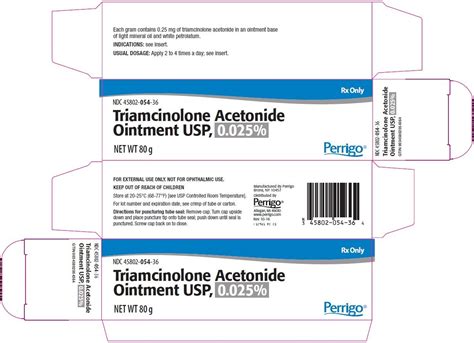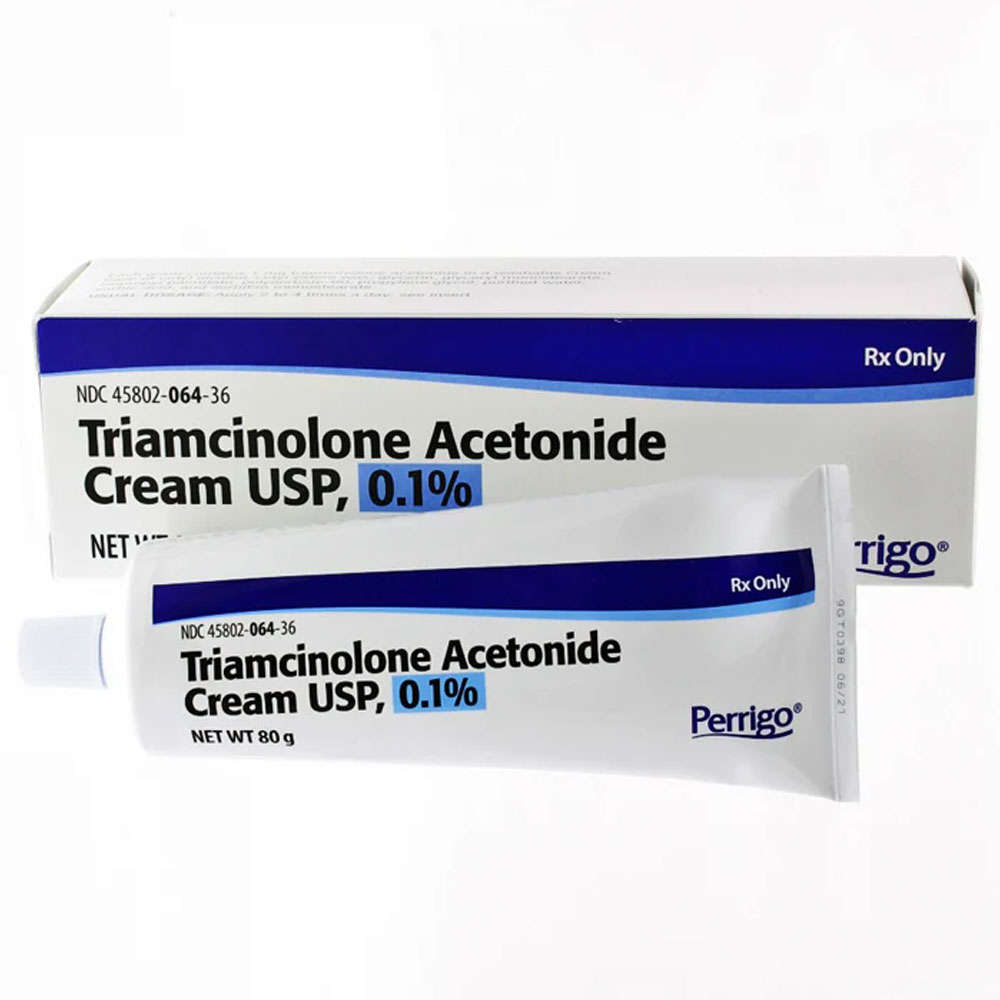Understanding the complexities of treatments for various medical conditions can be overwhelming, especially when considering the multitude of options available. Triamcinolone, a synthetic corticosteroid, is one such treatment that has gained prominence due to its efficacy in addressing a range of health issues. This guide aims to delve into the specifics of triamcinolone, including its uses, administration methods, potential side effects, and the critical considerations for both patients and healthcare providers.
Introduction to Triamcinolone
Triamcinolone belongs to the corticosteroid class of drugs, which are synthetic versions of cortisone, a hormone produced by the adrenal gland. It operates by mimicking the effects of cortisol, thereby reducing inflammation and suppressing the immune system. This dual action makes triamcinolone an effective treatment for conditions characterized by excessive inflammation and immune responses.
Uses of Triamcinolone
The versatility of triamcinolone is evident in its wide range of applications. It is commonly used to treat various skin conditions such as eczema, psoriasis, and dermatitis, where its anti-inflammatory properties help in reducing redness, swelling, and itching. Additionally, triamcinolone is prescribed for allergic reactions, respiratory issues like asthma, and certain types of arthritis. Its ability to suppress the immune system also makes it a valuable component in the treatment of autoimmune diseases.
Administration Methods
Triamcinolone can be administered through several routes, each tailored to the specific condition being treated. Topical creams, ointments, and lotions are used for skin conditions, allowing for direct application to the affected area. For more systemic conditions, oral tablets or capsules may be prescribed. In cases where rapid relief is necessary or the condition affects specific parts of the body (like joints in arthritis), intramuscular or intra-articular injections are used. The choice of administration method depends on the severity of the condition, the patient’s overall health, and the potential side effects.
Potential Side Effects
Like all corticosteroids, triamcinolone can cause a range of side effects, some of which may be severe. Common side effects include thinning of the skin, mood changes, insomnia, and increased appetite. Long-term use can lead to more serious issues such as adrenal suppression, osteoporosis, glaucoma, and an increased risk of infections. It is crucial for patients to work closely with their healthcare provider to monitor these effects and adjust the treatment plan as necessary.
Critical Considerations
When considering triamcinolone as a treatment option, several factors must be taken into account. The duration of treatment is a critical consideration, as prolonged use can increase the risk of side effects. Patients should also be aware of potential interactions with other medications, including blood thinners, diabetes drugs, and certain antibiotics. Furthermore, the cessation of triamcinolone should be gradual, as abrupt stoppage can lead to withdrawal symptoms.
It's essential for patients to maintain open communication with their healthcare provider about any changes in their condition or the occurrence of side effects. Regular follow-up appointments can help in adjusting the treatment plan to minimize risks and maximize benefits.
Practical Applications and Precautions
For individuals using triamcinolone, especially in topical forms, it’s advisable to use the lowest effective dose for the shortest duration necessary. This approach helps in minimizing systemic absorption and reducing the risk of side effects. Additionally, patients should be cautious when combining triamcinolone with other corticosteroids, as this can exacerbate side effects.
Future Implications and Emerging Trends
As medical research continues to evolve, the role of triamcinolone and other corticosteroids in treating various conditions is being reevaluated. Emerging trends suggest a move towards more targeted therapies that can offer similar benefits with fewer side effects. The development of new corticosteroids with improved safety profiles and the exploration of novel administration methods are areas of ongoing research.
Scenario-Based Examples
Considering the case of a patient with severe asthma, triamcinolone can be a lifesaving intervention when used appropriately. However, if not monitored closely, it can lead to significant side effects. A balanced approach, weighing the benefits against the potential risks, is essential in such scenarios. For instance, if a patient experiences significant mood changes or insomnia, adjusting the dosage or exploring alternative treatments may be necessary.
Adjusting Treatment Plans:
- Monitor Side Effects: Regularly assess the patient's condition and watch for signs of side effects.
- Adjust Dosage: If side effects are noted, consider reducing the dosage to the lowest effective level.
- Explore Alternatives: In cases where side effects are severe, discuss alternative treatments with the patient.
Myth vs. Reality: Corticosteroids
There are several misconceptions surrounding corticosteroids like triamcinolone. A common myth is that these drugs are inherently “bad” due to their potential side effects. However, the reality is that when used judiciously, under the guidance of a healthcare provider, corticosteroids can be highly effective and safe. Another misconception is that topical corticosteroids are completely safe, which is not true. While they are generally safer than systemic corticosteroids, prolonged use can still lead to side effects.
Benefits and Drawbacks of Triamcinolone:
| Benefits | Drawbacks |
|---|---|
| Effective in reducing inflammation and immune responses. | Potential for serious side effects with long-term use. |
| Versatile, with applications in treating various conditions. | May interact with other medications. |

Decision Framework for Patients
When faced with the decision to use triamcinolone, patients should consider several key factors: - The severity of their condition and how it impacts their quality of life. - The potential benefits of triamcinolone in treating their specific condition. - The risk of side effects and how they can be managed. - Alternative treatment options and their efficacy. - The importance of regular monitoring and follow-up with a healthcare provider.
Conclusion
Triamcinolone, as a corticosteroid, offers valuable therapeutic benefits for a range of medical conditions. Its effectiveness in reducing inflammation and suppressing the immune system makes it a crucial component in the treatment arsenal for healthcare providers. However, like all medications, it must be used with caution, awareness of its potential side effects, and under the guidance of a healthcare professional. By understanding the intricacies of triamcinolone and approaching its use with a balanced perspective, patients and healthcare providers can navigate its benefits and drawbacks effectively.
What is the primary use of triamcinolone?
+Triamcinolone is primarily used to treat conditions characterized by inflammation and excessive immune responses, such as eczema, psoriasis, asthma, and certain types of arthritis.
Can triamcinolone be used for prolonged periods?
+While triamcinolone can be effective in the short term, prolonged use is associated with an increased risk of side effects. Patients should work closely with their healthcare provider to monitor these risks and adjust the treatment plan as necessary.
How does triamcinolone interact with other medications?
+Triamcinolone can interact with various medications, including blood thinners, diabetes drugs, and certain antibiotics. It’s crucial for patients to inform their healthcare provider about all medications they are taking to avoid potential interactions.



